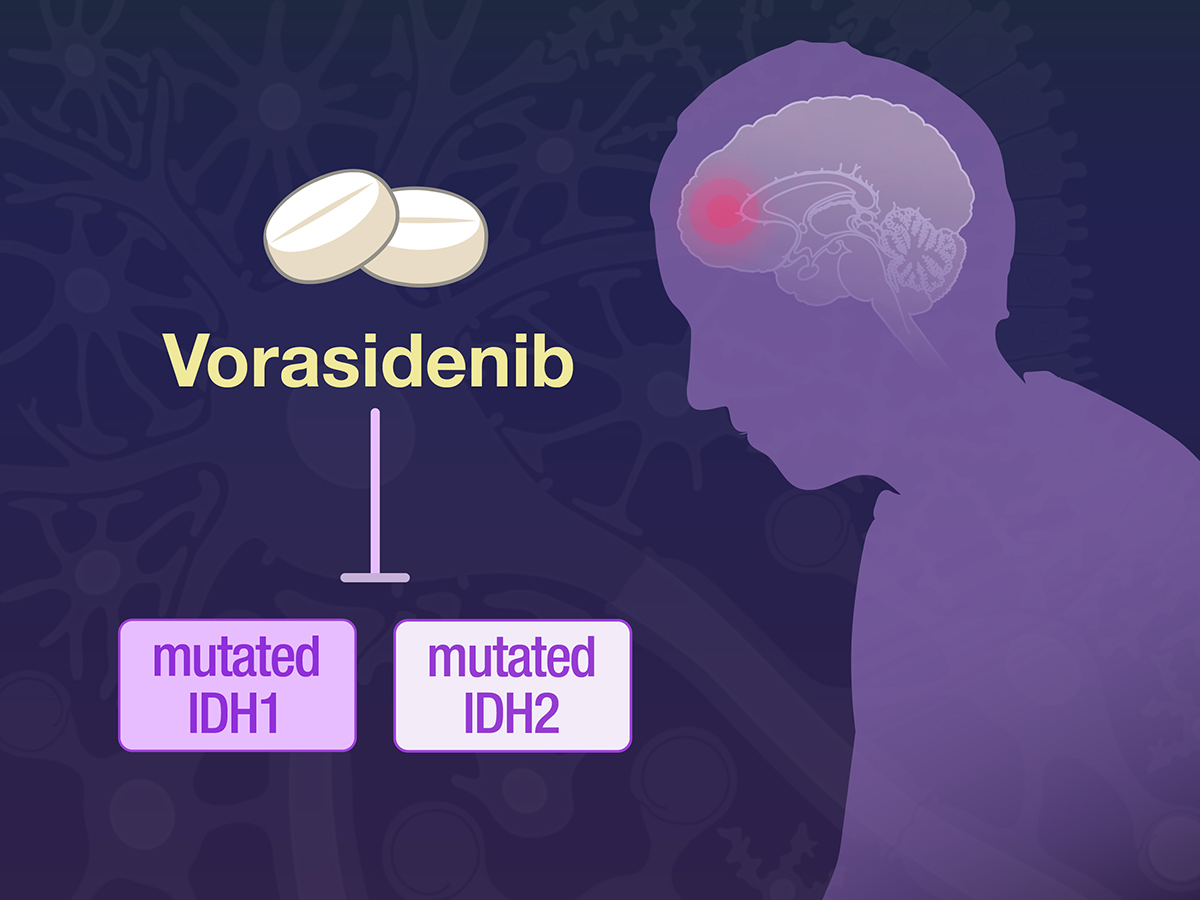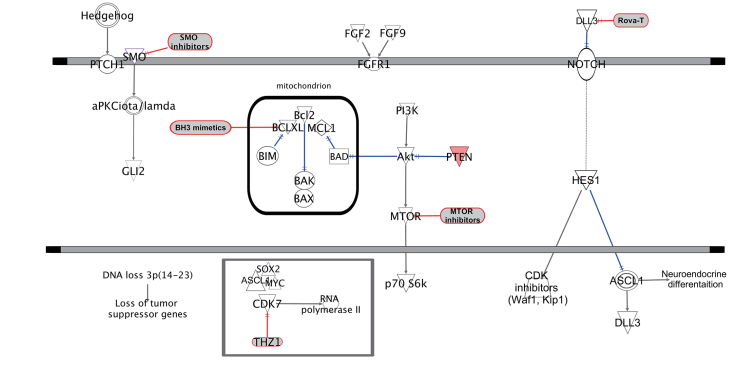Harnessing the Power of Doxycycline Prophylaxis: A New Frontier in STI Prevention
Abstract
The increasing incidence of bacterial sexually transmitted infections (STIs) among men who have sex with men (MSM) has highlighted the need for innovative preventive measures beyond traditional methods. Doxycycline prophylaxis has emerged as a promising strategy to address this public health concern. This article provides an overview of the current landscape of bacterial STIs, emphasizing the impact of HIV pre-exposure prophylaxis (PrEP) on STI rates and the necessity for additional interventions. Key findings from recent research are summarized, demonstrating the efficacy of doxycycline in reducing STI rates. Future directions and research priorities are outlined, focusing on optimal dosing regimens, long-term safety, resistance monitoring, and educational efforts to ensure proper use. The application of isotopes in doxycycline research is also discussed, highlighting their role in enhancing the understanding of the drug’s pharmacokinetics, mechanisms of action, and safety profile. Overall, doxycycline prophylaxis represents a significant advancement in STI prevention, necessitating continued research and innovative strategies to fully realize its potential.
Introduction
The rising trend of bacterial sexually transmitted infections (STIs) among men who have sex with men (MSM) has become a significant public health concern over the past two decades. Syphilis, chlamydia, and gonorrhea rates have surged, necessitating innovative preventive measures. One such promising solution is doxycycline prophylaxis, which has shown potential in reducing the incidence of these infections.
Recent advancements in HIV prevention, particularly the widespread adoption of pre-exposure prophylaxis (PrEP), have dramatically decreased HIV transmission rates. However, this success has inadvertently led to a rise in bacterial STIs. The reduced use of condoms among individuals confident in PrEP’s effectiveness has facilitated the spread of other infections. Consequently, there is a pressing need for additional prophylactic strategies to address this growing issue.
Doxycycline, a well-known antibiotic, has been explored as a preventive measure for bacterial STIs. A recent review article published in Clinical Infectious Diseases highlights the potential of doxycycline prophylaxis in this context. The review summarizes findings from two small randomized controlled trials that demonstrated significant reductions in syphilis, chlamydia, and gonorrhea among MSM who used doxycycline prophylaxis.
These initial studies indicate that doxycycline could serve as an effective prophylactic tool, complementing existing HIV PrEP efforts. However, more robust data is required to confirm its efficacy, optimal dosing regimens, and long-term safety. Ongoing research aims to address these knowledge gaps, with several studies currently underway.
In conclusion, doxycycline prophylaxis represents a promising approach to reducing bacterial STIs among high-risk populations. Continued research and innovative strategies are essential to combat the rising STI rates and enhance public health outcomes.
Overview of Bacterial STIs and Current Challenges
Bacterial sexually transmitted infections (STIs) such as syphilis, chlamydia, and gonorrhea have seen a marked increase among men who have sex with men (MSM) over the past two decades. This rise has been attributed to several factors, including changes in sexual behavior and the widespread adoption of HIV pre-exposure prophylaxis (PrEP). While PrEP has been highly effective in reducing HIV transmission, its use has coincided with a decrease in condom usage, leading to a surge in bacterial STI rates. This trend highlights the need for additional preventive measures to address these infections.
The advent of HIV PrEP has led to significant changes in sexual health practices. With the confidence provided by PrEP, many individuals have reduced their reliance on condoms, inadvertently increasing their risk for other STIs. This has resulted in a public health challenge, as the focus on preventing HIV has overshadowed the need to address bacterial STIs. The rise in bacterial STIs not only impacts individual health but also places a burden on healthcare systems, requiring effective strategies to mitigate this growing issue.
Doxycycline, a broad-spectrum antibiotic, has emerged as a potential solution for preventing bacterial STIs. Traditionally used to treat various infections, doxycycline is now being explored for its prophylactic properties. Early studies have shown promising results, suggesting that doxycycline can significantly reduce the incidence of bacterial STIs among high-risk populations, particularly MSM. However, more extensive research is needed to fully understand its efficacy, optimal usage, and potential long-term impacts.
The current landscape of bacterial STIs among MSM underscores the importance of innovative preventive strategies. By addressing the gaps in current STI prevention efforts, doxycycline prophylaxis could play a crucial role in reducing the incidence of these infections and improving public health outcomes.
Key Findings from the Review Article
Recent research has shed light on the potential of doxycycline prophylaxis as a preventive measure for bacterial sexually transmitted infections (STIs). A review article published in Clinical Infectious Diseases provides a comprehensive overview of current studies and highlights the promising results obtained from initial trials. These findings offer hope for new strategies to combat the rising rates of bacterial STIs among high-risk populations, particularly men who have sex with men (MSM).
The review article discusses two small randomized controlled trials (RCTs) that demonstrated significant reductions in bacterial STI rates among participants who used doxycycline prophylaxis. In one study, MSM living with HIV who received daily doxycycline showed a 73% reduction in the incidence of syphilis, chlamydia, and gonorrhea compared to the control group. Another study involving MSM and transgender women without HIV reported a 57% reduction in STI incidence with the use of doxycycline post-exposure prophylaxis (PEP).
These initial studies highlight doxycycline’s potential as an effective preventive tool against bacterial STIs. However, the review emphasizes the need for more robust data to confirm these findings and address various knowledge gaps. Key areas requiring further research include the optimal dosing regimens, long-term safety, community acceptability, and potential impacts on antimicrobial resistance. Ongoing studies aim to provide more precise measures of doxycycline’s efficacy and safety, with several large-scale trials currently underway.
The review also underscores the importance of understanding doxycycline’s impact on different populations and sexual behaviors. It calls for additional research to identify the most effective strategies for implementing doxycycline prophylaxis in real-world settings. By addressing these gaps, future studies can help develop comprehensive guidelines for using doxycycline as a preventive measure against bacterial STIs.
In conclusion, the findings from the review article indicate that doxycycline prophylaxis holds significant promise in reducing bacterial STI rates among high-risk populations. Continued research and clinical trials are essential to fully realize its potential and integrate it into broader STI prevention efforts.
Future Directions and Recommendations
Doxycycline prophylaxis has emerged as a promising strategy to prevent bacterial sexually transmitted infections (STIs) among high-risk populations, particularly men who have sex with men (MSM). However, several research priorities must be addressed to ensure its efficacy and safe implementation. Ongoing and future studies aim to fill these knowledge gaps, providing the necessary data to optimize doxycycline use as a preventive measure.
One critical area of research is determining the optimal dosing regimen for doxycycline prophylaxis. Current studies are exploring different dosing strategies, including daily and post-exposure dosing, to identify the most effective approach. Additionally, there is a need to investigate alternative dosing schedules, such as weekly administration, to enhance adherence and minimize side effects.
Targeting high-risk populations is another essential aspect of maximizing the impact of doxycycline prophylaxis. Modeling studies suggest that focusing on MSM with a high number of sexual partners could significantly reduce STI rates. Further research and pooled analyses are needed to identify specific subpopulations that would benefit most from prophylactic doxycycline use. Understanding the characteristics of these groups will help tailor interventions more effectively.
Addressing the potential for antimicrobial resistance is also a priority. While doxycycline is effective against many bacterial pathogens, the risk of developing resistance must be carefully monitored. Future studies should robustly investigate resistance patterns in STIs and commensal organisms. Standardized laboratory methods for detecting doxycycline resistance are crucial for these efforts. Additionally, exploring the impact of doxycycline on the microbiome and resistome will provide valuable insights into its long-term safety.
Educational efforts are vital to ensure the proper use of doxycycline prophylaxis. Clear and effective communication strategies are needed to differentiate doxycycline prophylaxis from HIV pre-exposure prophylaxis (PrEP). Educating high-risk populations about the benefits and limitations of doxycycline will enhance its acceptability and adherence.
Finally, cost-effectiveness analyses are essential to evaluate the utility of doxycycline prophylaxis on both individual and population levels. These analyses will inform public health policies and funding decisions, ensuring that resources are allocated efficiently to maximize public health benefits.
In conclusion, doxycycline prophylaxis holds significant promise for reducing bacterial STIs among high-risk populations. Continued research, targeted interventions, and robust educational efforts are crucial to fully realize its potential and integrate it into comprehensive STI prevention strategies.
Application and Impact of Isotopes in Doxycycline Prophylaxis Studies
The use of isotopes in medical research provides precise and valuable data, especially in the pharmacokinetic and pharmacodynamic studies of drugs like doxycycline. In the context of doxycycline prophylaxis for bacterial sexually transmitted infections (STIs), isotopes can play a crucial role in understanding the drug’s absorption, distribution, metabolism, and excretion (ADME) processes.
Pharmacokinetics and Drug Tracing
Isotopic labeling of doxycycline allows researchers to track the drug’s movement through the body with high precision. This method can be used to determine the bioavailability of doxycycline when administered as a prophylactic agent. By using isotopically labeled doxycycline, scientists can measure the concentration of the drug in various tissues over time, which helps in optimizing dosing regimens to ensure effective prophylaxis against STIs.
Mechanisms of Action and Resistance
Isotopes can also be employed to study the mechanisms of action of doxycycline at the molecular level. For instance, isotopically labeled doxycycline can help in identifying the drug’s interaction sites within bacterial cells. This knowledge is crucial for understanding how doxycycline inhibits bacterial growth and how resistance might develop. Furthermore, isotopes can aid in studying the mutations in bacterial DNA that confer resistance, providing insights into combating antibiotic resistance.
Metabolic Pathways and Safety
The safety profile of doxycycline, particularly its long-term use as a prophylactic agent, can be better understood through isotope studies. By labeling doxycycline with stable isotopes, researchers can investigate its metabolic pathways and identify any potentially harmful metabolites. This is important for assessing the long-term safety of doxycycline prophylaxis and for modifying the drug or its administration method to minimize side effects.
Clinical and Community Impact
The application of isotopes extends to clinical studies and public health. In clinical trials, isotopically labeled doxycycline can help monitor adherence to prophylaxis regimens. For example, measuring the presence of labeled doxycycline in blood samples can verify if participants are taking the drug as prescribed. This data is vital for understanding the effectiveness of doxycycline prophylaxis in real-world settings and for developing strategies to improve adherence.
Future Research and Innovations
Looking forward, the use of isotopes in doxycycline research could lead to innovations in drug delivery systems. For instance, isotope studies could support the development of long-acting doxycycline formulations or novel delivery methods that enhance patient compliance and efficacy. Additionally, isotopic research can contribute to personalized medicine approaches, tailoring doxycycline prophylaxis based on individual metabolic responses to the drug.




